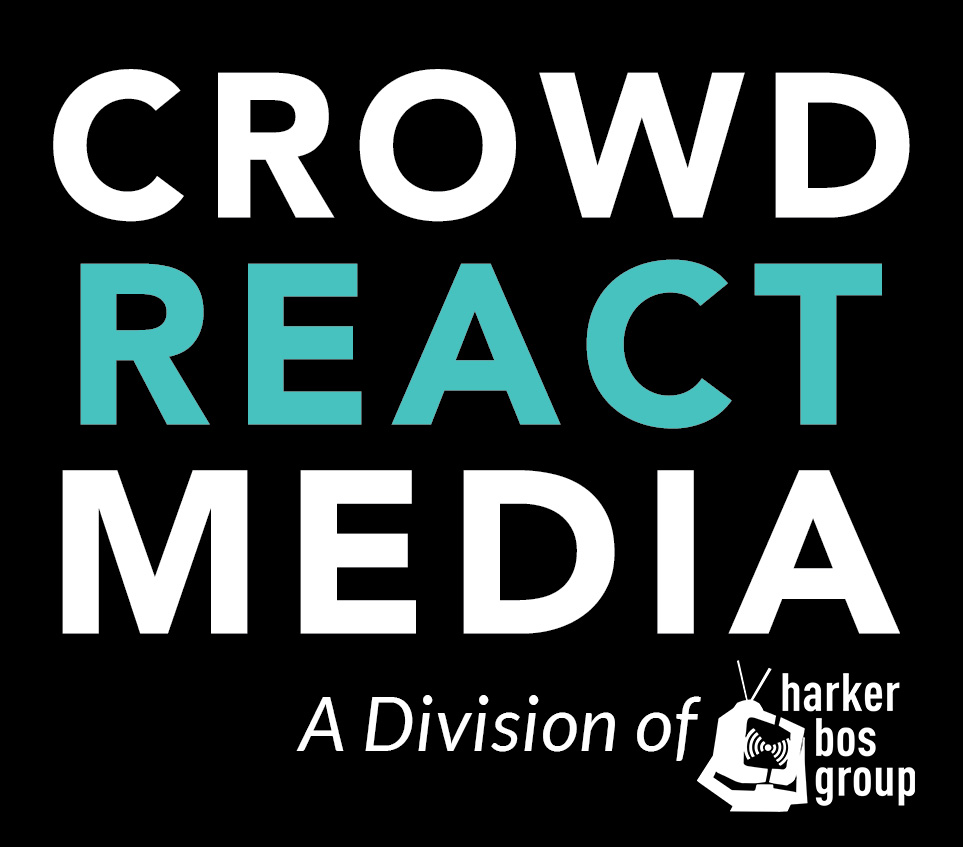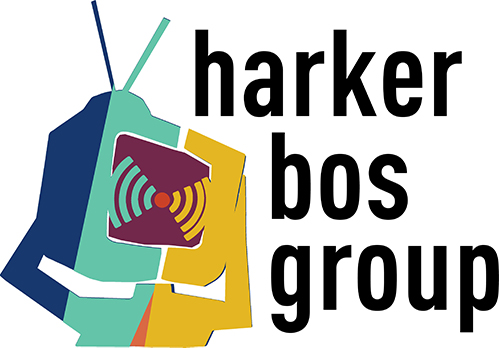Weekly Roundup – May 20th, 2025
Roundup Links
Netflix Is Going All In on Ads
"Netflix, onetime avatar of post-advertising TV, now does upfronts; on top of that, its ad-supported subscription tier (which is cheaper, but not free) is by far the fastest-growing part of its business, more than doubling in a year. While a lot of these ad-tier subscriptions will be downgrades from more expensive plans, rather than new subscribers, that’s fine for Netflix: The $10 price gap between its ad-supported tier, which was just raised in January, and its premium tier is proving relatively easy to close with sponsorship. The company once opposed to “chopping up” its content, whose founder insisted should be a “safe respite” and not “tied up with all that controversy around advertising,” and which used to argue that ad-free TV development led to better programming, is doing everything it can to become an advertising heavyweight."
Our Take: This is otherwise known as a "Bait-and-Switch." Netflix for years offered a refuge for audiences who wanted their entertainment without the nuisance of commercials. Now that streaming has largely usurped cable, the streamers have been all-in on reintroducing the scourge (a.k.a. commercials) and significantly upping the price of the ad-free subscription tier. This leaves many wondering why they gave up cable in the first place.
Why Apple Still Hasn't Cracked AI
"Back in 2018 it looked like Apple Inc.’s artificial intelligence efforts were finally getting on track. Early that year, Craig Federighi, Apple’s software chief, gathered his senior staff and announced a blockbuster hire: The company had just poached John Giannandrea from Google to be its head of AI. JG, as he’s known in the industry, had been running Google’s search and AI groups. Under his leadership, teams were deploying cutting-edge AI technology in Photos, Translate and Gmail—work that, along with the 2014 acquisition of the pioneering British company DeepMind, had given Google a reputation as a leader in AI.
To Apple’s leadership, the Giannandrea hire wasn’t just a coup at the expense of their fiercest rival. It was also, they hoped, the start of the company’s transformation into an AI powerhouse. Just before the death of co-founder Steve Jobs in 2011, Apple had unveiled its voice assistant, Siri. At first, Siri felt like something out of science fiction—once again, Apple had taken a futuristic computing concept and turned it into a mainstream product. But within a few years, Google, Amazon.com Inc. and other competitors had introduced voice assistants that felt far more advanced, while Apple’s struggled with basic comprehension and commands."
Our Take: In the aftermath of Steve Jobs' death, Apple has lost a little of its edge with regards to innovation and new, 'must-have' tech. However, the iPhone is the default way to refer to a smartphone in the same way people say 'Kleenex' when referring to tissue paper. While Apple may not be on the absolute cutting edge of tech invention, its cultural place is sealed with the ubiquity of the iPhone. So, articles hinting at the potential fall of Apple miss the mark a little. Apple has defined and normalized the smartphone experience for billions.
Advertisers embrace Nielsen alternatives for measurement
"Key stat: 85% of US brand and agency decision-makers consider Nielsen alternatives to be more or just as effective than the legacy currency provider, per a July 2024 Advertiser Perceptions study."
Our Take: With 85% of decision-makers now rating Nielsen alternatives as equally or more effective, we may be witnessing a quiet power shift that reflects broader trends in media: demand for granular, flexible, and independent measurement tools.
What News is (and isn't) According to Americans
"Before the rise of digital and social media, researchers had long approached the question of what news is from the journalist perspective. Ideas of news were often tied to the institution of journalism, and journalists defined news and determined what was newsworthy. “News” was considered information produced and packaged within news organizations for a passive audience, with emphasis (particularly in the United States) placed on a particular tone, a set of values and the idea of journalism playing a civic role in promoting an informed public.
In the digital age, researchers – including Pew Research Center – increasingly study news from the audience perspective, what some have deemed an “audience turn.” Using this approach, the concept of news is not necessarily tied to professional journalism, and audiences, rather than journalists, determine what is news."
Our Take: Most people are exposed to news that pops up in their social media feeds, which is one of the principal ways younger demographics get their news. Younger generations also do not have entrenched loyalty to historic 'legacy' media formats (e.g.; cable, radio) and institutions (e.g.; CBS, NYTimes). They are just as likely to trust a news 'influencer' they encounter in their feeds as they do, say, David Muir of ABC News. Also, the average American is exposed to such a high volume of news content from their various devices, that only the truly news-first audiences are actively seeking it out. That 'News' is encountering a larger definitional crisis is unsurprising given our current media ecology.
Broadcast Schedule's New Paradigm: How 8pm Became "The Best Time Period On TV For Live Viewing" As 10pm Hangs In (For Now)
"As the bulk of entertainment programming consumption has shifted to streaming, live viewing for the fare local stations carry in the Prime Access 7-8 PM hour leading to networks’ primetime — a mix of syndicated game shows, newsmagazines, comedy and drama repeats as well as local news — has remained surprisingly resilient, generating lead-ins stronger than the ones most current primetime series can provide. Suddenly, 8 PM is the cushiest time slot on television for the major broadcast networks except Fox."
Our Take: The lead-in for America's next big hit isn't a serialized crime thriller or a six-camera sitcom with a laugh track. It's Wheel of Fortune.
Recent Blogs from Crowd React Media
Short Form Video: The Key to Reaching Younger Audiences for Radio and Local TV
With cable and radio usage dipping among 18–34-year-olds, short-form video has emerged as the most effective way to reconnect. In a recent entry for Crowd React Media, Katie Miller breaks down actionable strategies to help local TV and radio thrive on platforms like YouTube Shorts, Reels, and TikTok before the audience moves on for good.



